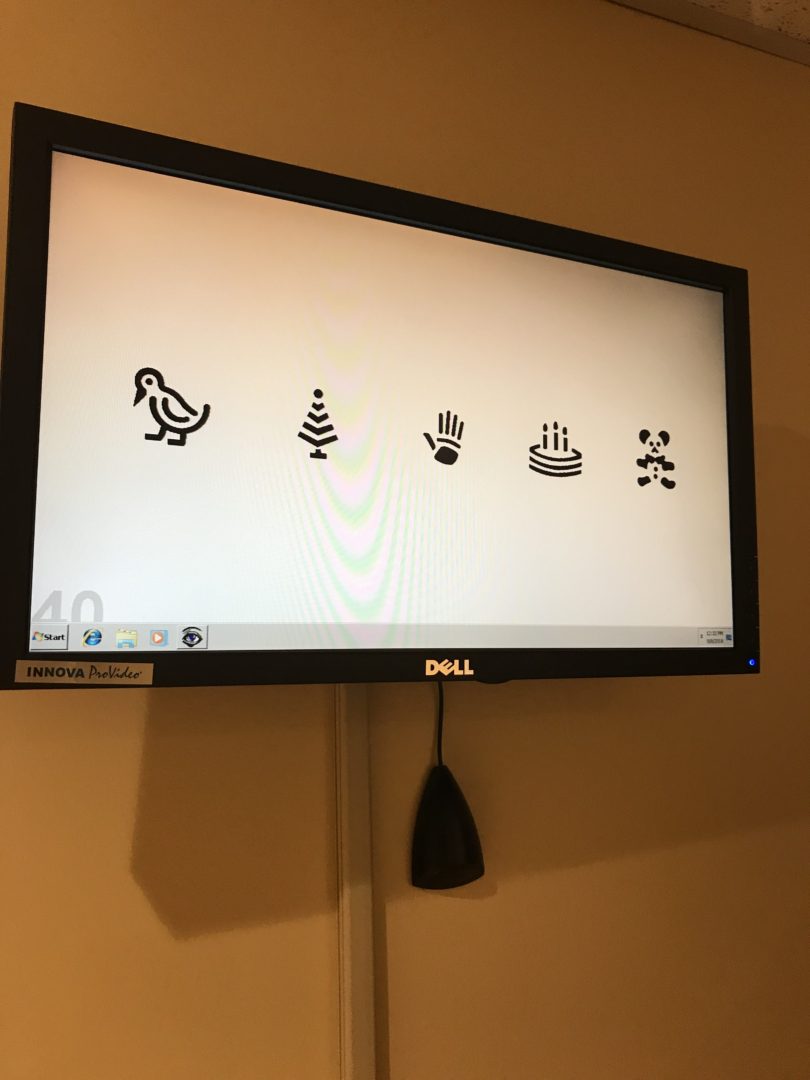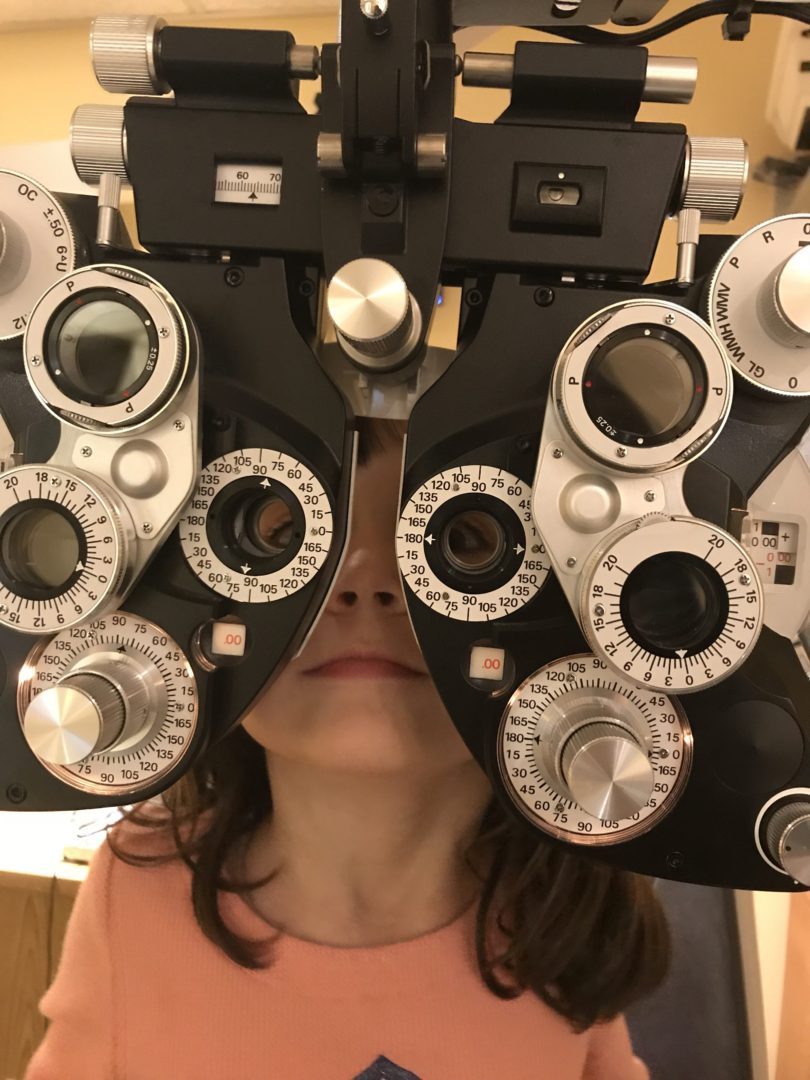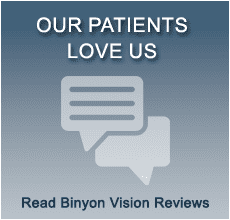Eye Exam – add this to your Back to School checklist!
Back to school season is upon us, which means your list of to-do’s is <hopefully> getting shorter by the day. Make sure to include scheduling your kid’s eye exam! Researchers say up to 10 percent of preschoolers and up to 25 percent of school-age children have vision disorders that can affect learning. Routine eye exams are essential to making sure kids have the visual skills needed to thrive in the classroom!
Kids are especially visual learners, and they can’t learn what their eyes can’t see! Therefore, healthy vision is key in order for them to learn to their fullest potential.
What to Expect in a Kid’s Eye Exam
 There are several things your optometrist will check for when you bring your child in for their eye exam. The first tests are looking for refractive errors including nearsightedness (myopia) and farsightedness. Next is looking for astigmatism: when the shape of the eye causes blurriness, and amblyopia: when one eye is weaker than the other. Amblyopia (also known as “lazy eye”) is the most common cause of vision problems in children, most easily treated when young. The optometrist will check how eyes move, if they line up right and track together, and how they react to changes in light and darkness.
There are several things your optometrist will check for when you bring your child in for their eye exam. The first tests are looking for refractive errors including nearsightedness (myopia) and farsightedness. Next is looking for astigmatism: when the shape of the eye causes blurriness, and amblyopia: when one eye is weaker than the other. Amblyopia (also known as “lazy eye”) is the most common cause of vision problems in children, most easily treated when young. The optometrist will check how eyes move, if they line up right and track together, and how they react to changes in light and darkness.
If your younger child doesn’t have confidence in letter recognition, the doctor presents easily recognizable for vision testing.

Doesn’t the school test vision?
School vision screenings are less likely to catch farsightedness or astigmatism- which can have a negative affect on academic performance. Students in Indiana, Kentucky, Missouri and Nebraska are required by law to have comprehensive eye exams by an optometrist or ophthalmologist before kindergarten. In Washington state, any student who fails the vision screening test is required to have a comprehensive eye exam. The child must bring signed proof of the exam to the school nurse. This is a great start- but in our experience we have seen several misleading test results. This makes us a little concerned there are kids out there who need glasses that the vision screening didn’t catch.

A prescription for glasses is the potential output of an eye exam. If your child needs glasses, you are starting them off on the right foot for academic success in the 2018-2019 school year! Please don’t hesitate to contact us with any questions!












